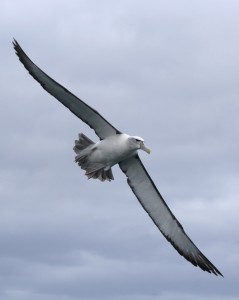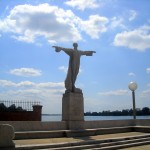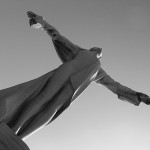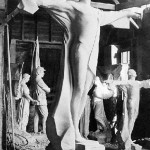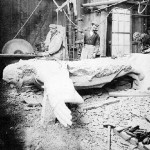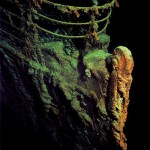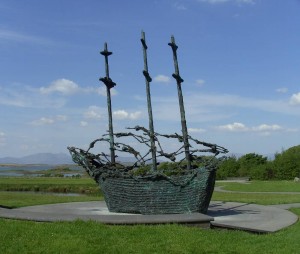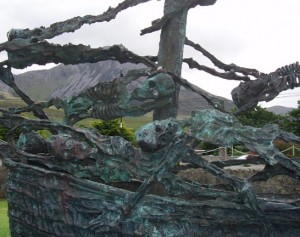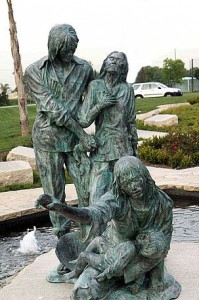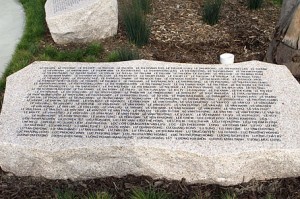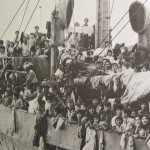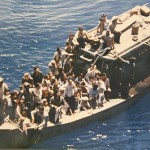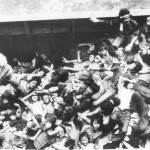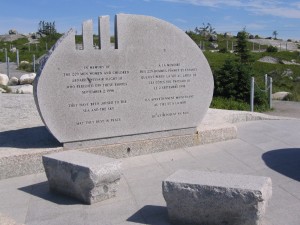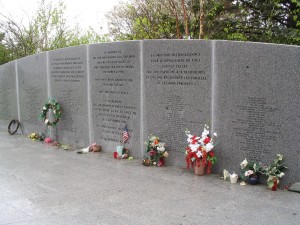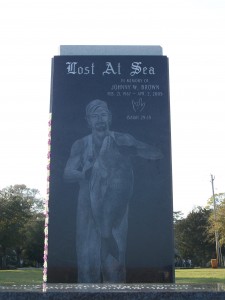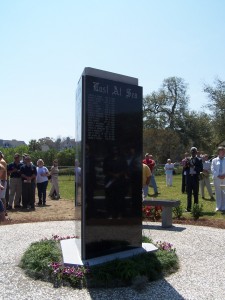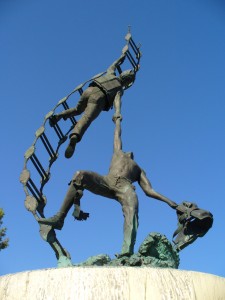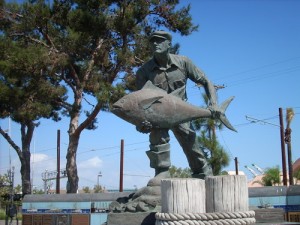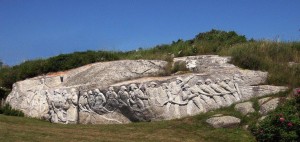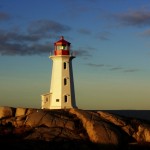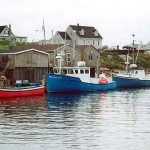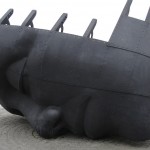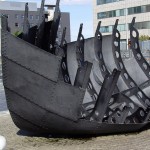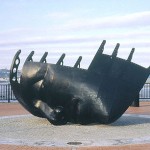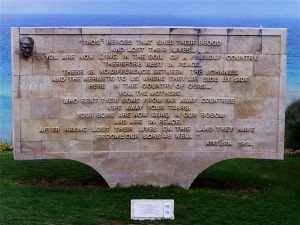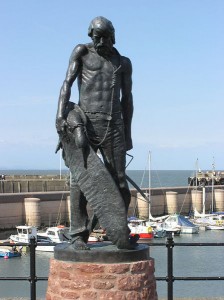
 In the village of Watchet (Somerset, England) is a haunting work of art by the Scottish sculptor Alan B. Herriot. This beautiful piece is a tribute to the English poet Samuel Taylor Coleridge and his ageless tale “The Rime of the Ancient Mariner”. As a metaphor, there is perhaps no more famous allusion than “an albatross around my neck”. Coleridge penned the lines that created this symbolism in 1798 – a testament to the power of poetry.
In the village of Watchet (Somerset, England) is a haunting work of art by the Scottish sculptor Alan B. Herriot. This beautiful piece is a tribute to the English poet Samuel Taylor Coleridge and his ageless tale “The Rime of the Ancient Mariner”. As a metaphor, there is perhaps no more famous allusion than “an albatross around my neck”. Coleridge penned the lines that created this symbolism in 1798 – a testament to the power of poetry.
Great poetry can be enduring, whether accurate to truth or even legend. The albatross, in the actual lore of the sea, is not usually the sign of an encumbrance. It is quite the opposite. An albatross following a ship, to any real sailor, is a sign of good fortune.
I have been fortunate enough to see these magnificent birds in flight. While I have sailed many of the world’s oceans on barques and aircraft carriers, and flown over the world’s oceans in the finest aircraft made by man, I remain humbled by the albatross. They spend years at a time without ever touching land – yet they survive. In flight, they are the definition of perfection of purpose and beauty. No aircraft designed and flown by man will ever possess the purity of this single magnificent bird – with the wings of an angel and a feather touch to the wind.
The lore of the sea actually relates that each sailor who dies at sea will return reincarnate as an albatross. That is the legend that the sailors abide. Who’s to say that it isn’t true?
Please take advantage of the Internet and download a copy of “The Rime of the Ancient Mariner” to your computer. It is a fascinating tale. And please visit the link below to watch and hear Alan Herriot describe the creation of his memorable statue.
